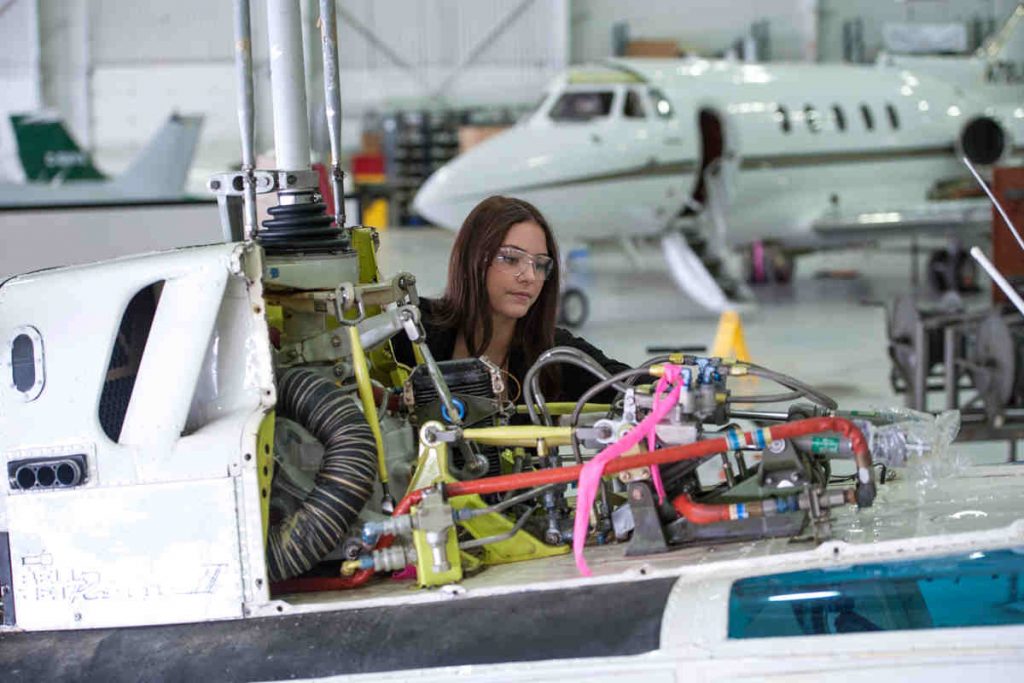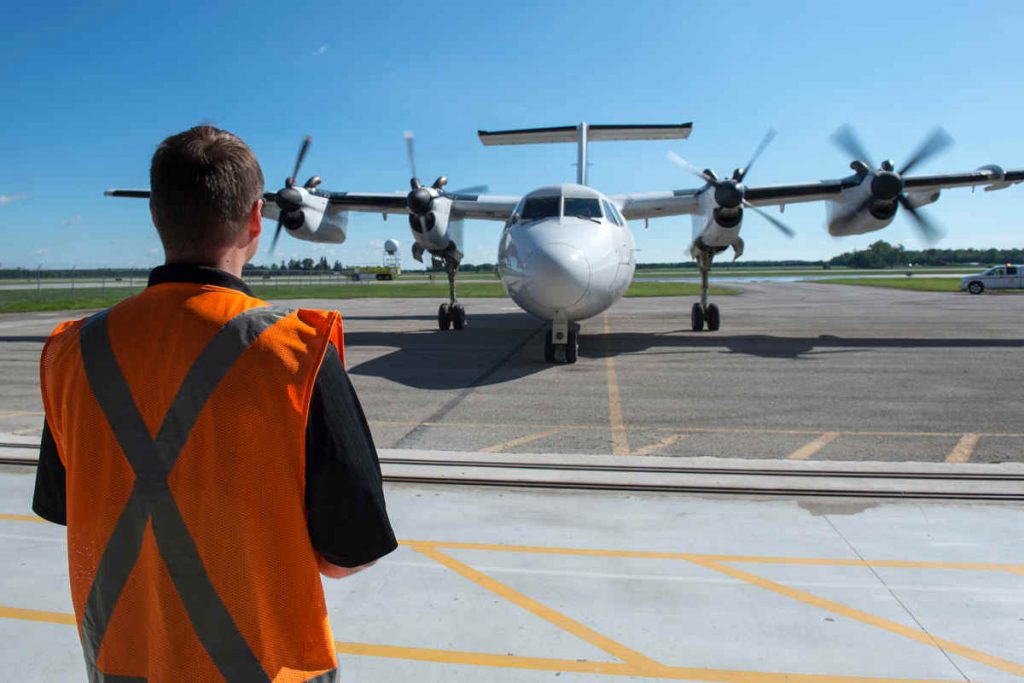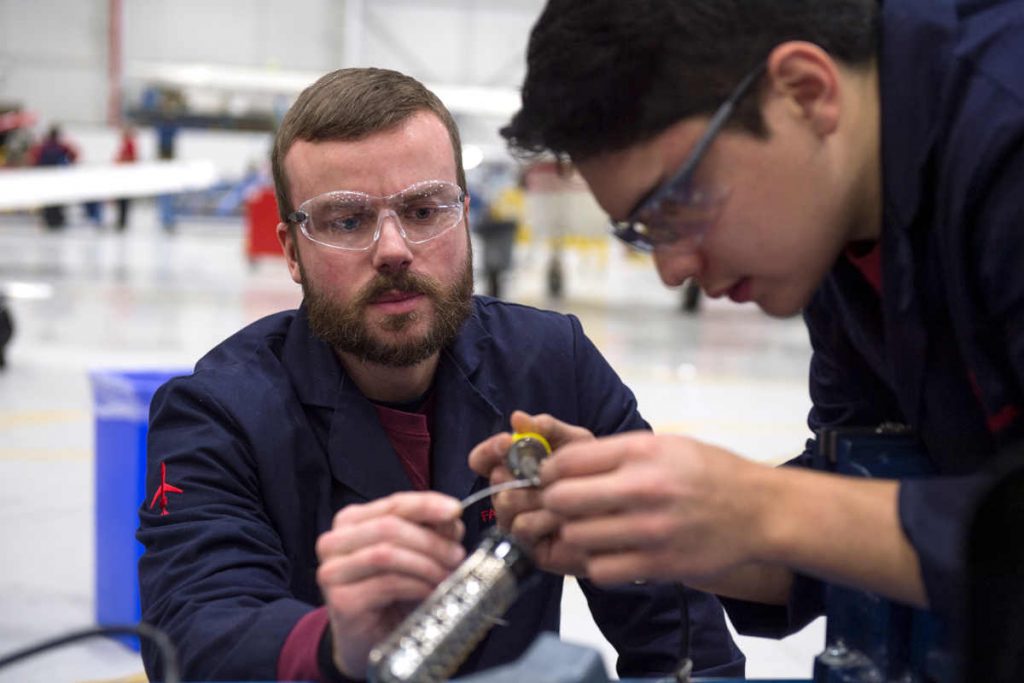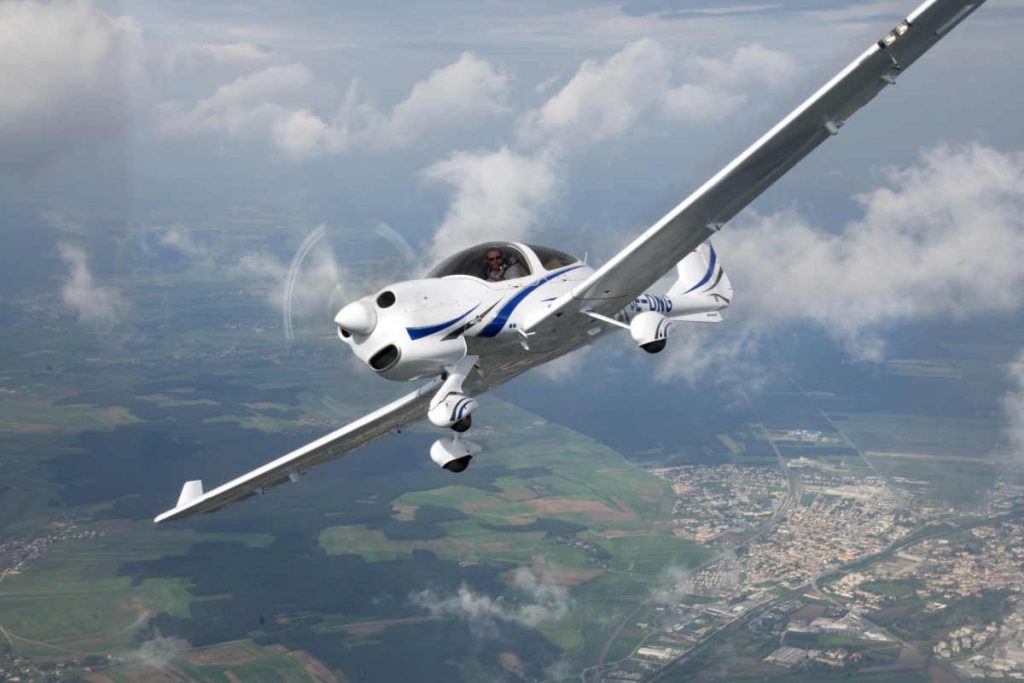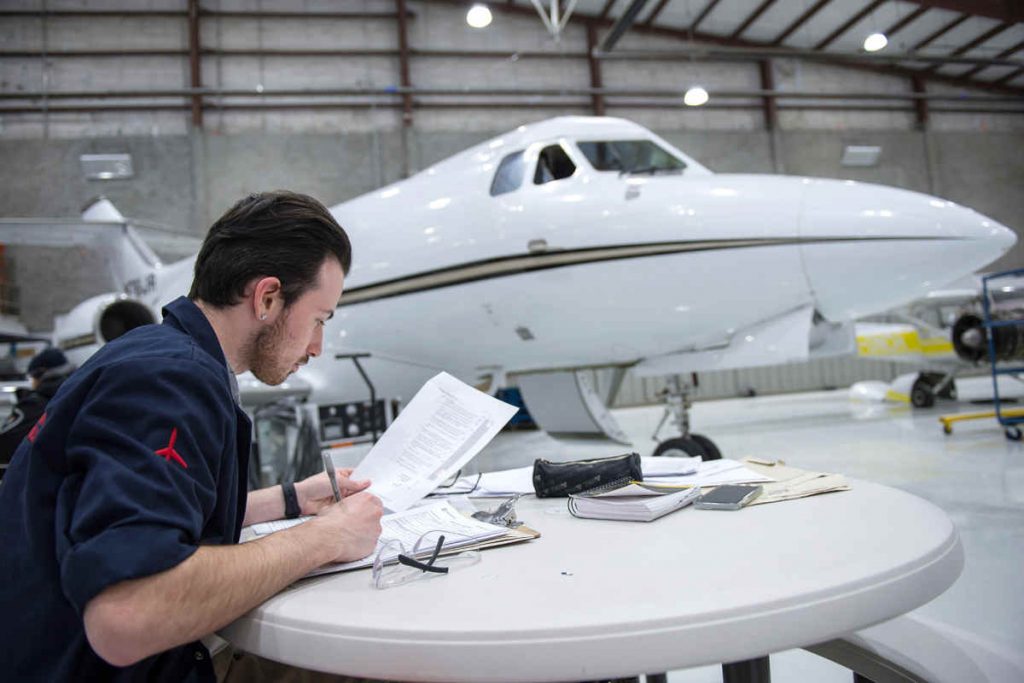
Careers in Aviation
News
Training
Ready to Fly, Fanshawe’s Norton Wolf School of Aviation Technology
Becoming an aviation specialist at the Norton Wolf School of Aviation Technology
January 17, 2020 By Carroll McCormick
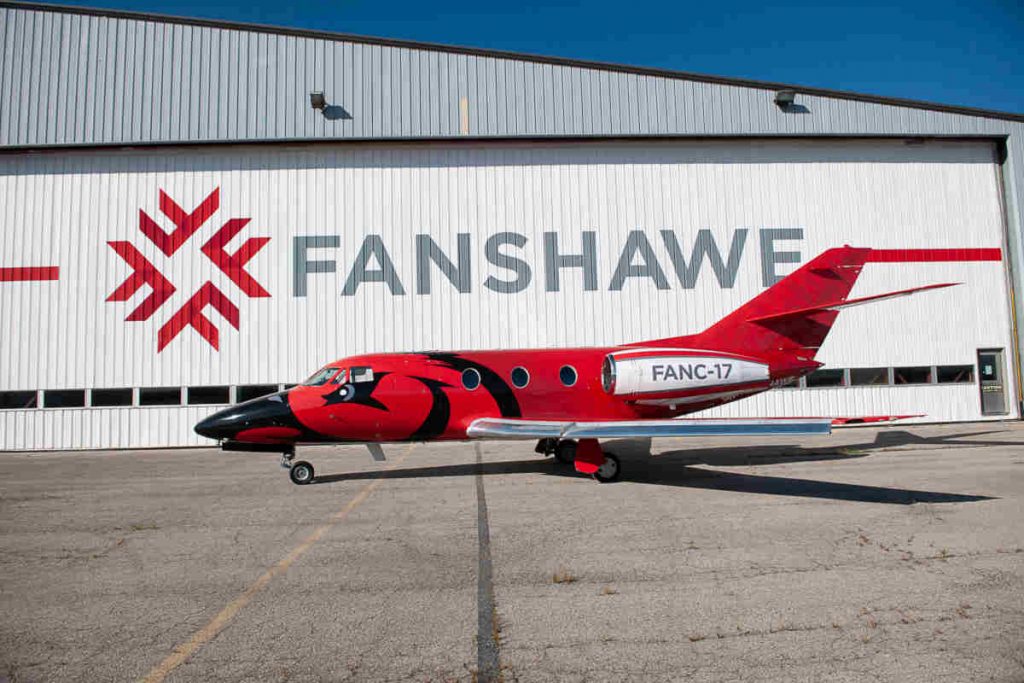 Fanshawe AME students have access to a range of aircraft like a Boeing 727, a de Havilland Dash 7, a Hawker Siddeley HS-125 and a recently donated Dassault Falcon 10 jet now adorned in the school’s colours. (Photo: Fanshawe College)
Fanshawe AME students have access to a range of aircraft like a Boeing 727, a de Havilland Dash 7, a Hawker Siddeley HS-125 and a recently donated Dassault Falcon 10 jet now adorned in the school’s colours. (Photo: Fanshawe College) Next to the runway at Ontario’s London International Airport is what appears to be an ordinary hangar. Aircraft are parked on the apron, fuel trucks come and go, engines are being run up. Inside are more aircraft and… tool-wielding students and students in classrooms studying maintenance, avionics and more. All are busy preparing to be leaders in Canada’s rapidly growing aviation industry.
This is about as real as an education can get. Every semester 350 students pass daily through the front doors of Fanshawe College’s Norton Wolf School of Aviation Technology (NWSAT) and into this 80,000-square-foot school located between Diamond Aircraft and the London International Airport Terminal.
“We are one of the airport’s tenants. Students walking through our front door are coming in to work. They work in a Monday to Friday industrial shift environment. We do all this intentionally,” says Larry Weir, associate dean of the NWSAT, in the Fanshawe College Faculty of Science, Trades and Technology.
NWSAT has nine programs, offering a mix of theory, hands-on experience and co-op placements between semesters, all taught by industry professionals. They range from a one-year Aircraft Structural Repair Technician course that gives 900 hours toward the 4,800 hours that Transport Canada requires to be a certified Aircraft Maintenance Engineer (AME), to a three-year Commercial Flight and Aviation Leadership advanced diploma.
The need for graduates is strong, Weir says. “All of these programs are at the direct request of industry, telling us they have a shortage. The demand for pilots, flight services personnel and technicians is unbelievable.”
There is plenty of aviation hardware on which students can get their hands dirty. The school’s assets include some 22 fixed- and rotary-wing aircraft, including a Boeing 727, de Havilland Canada Dash 7, and a Hawker Siddeley HS-125 corporate jet. There is a full mix of single- and twin-engine general aviation planes, including Cessna 182s, 180s and Pipers. The rotary-wing class of aircraft is represented by a Bell 206 and a Robinson R22, and various Sikorsky S-76 components. On stands inside the hangar, along with numerous general aviation engines, are several Boeing 727 jet engines donated by KF Aerospace. The gem in the school’s fleet – its most recent acquisition – is a bright-red Dassault Falcon 10 corporate jet decked out in Fanshawe colours.
NWSAT’s facility includes a large 50,000-square-foot industrial hangar and a two-story 30,000-square-foot area currently under renovations to add new classrooms and study spaces to accommodate the program’s growth. In addition to simulation labs, this modern facility provides an engaging environment for the study of aircraft manufacturing, structures, avionics, maintenance, manned and unmanned commercial aviation and flight services. “We have a very well-equipped avionics lab where we teach basic electronics,” Weir says.
Other training aids include the school’s CAE/Airbus Virtual Maintenance Trainer. This simulation-based tool includes a virtual flight deck and six workstations at which students can dive deep into the complex systems of an Airbus A320 to learn about aircraft malfunctions.
Weir is a former navigator and Lieutenant Colonel (Ret.) with the Royal Canadian Air Force. Fanshawe gave him the mandate to grow the program with broader access to aviation and aerospace courses. “We are aiming for 550 students in 2020 and 1,300 to 1,500 students by 2024,” Weir says. To that end, Fanshawe College is investing $6.2 million to renovate the classroom space to state-of-the-art and is adding several new programs to satisfy the “unbelievably strong” needs of the aviation industry.
“The greatest demands are still our bread-and-butter AME programs,” Weir says, noting several new programs rolling out in 2020 are designed for the future of aviation. For example, NWSAT is starting a program in advanced materials, such as new composite technologies. “This will not only enhance the skills of our structures graduates, but will also provide much needed upskilling for the manufacturing sector, as well as interesting innovation and research opportunities.”
While NWSAT has been offering a Drone Operator’s Course, which is now mandatory for all drone operators in Canada, the latest iteration is a one-year Remotely Piloted Aerial Systems Commercial Operations (RPAS) program. Launched in January 2019, it will feed exploding new employment opportunities for RPAS-qualified professionals.
“It is designed as a follow-on to Fanshawe’s two-year environmental, energy sector, agriculture, construction and law enforcement programs. Students build an RPAS from a kit, acquiring a basic understanding of a drone. They then learn comprehensive system diagnostics. From this, they get a really good understanding of what a drone is all about before learning drone flight operations, payload and data management,” Weir explains.
Another addition to the NWSAT lineup is a one-year Flight Services Certificate program. To start in 2021, it will graduate highly trained non-pilot flight crew and flight attendants for both commercial carriers and the rapidly growing Canadian business aviation sector.
The greatest interest right now, however, is in the Commercial Flight and Aviation Leadership program, which will start in September 2020. “We have seen overwhelming interest since November 2019, the month we began accepting applications,” Weir says.
The program will cover leadership, safety management, Crew Resource Management, Canadian Air Regulations, flight operations, business studies, logistics, airline operations, and business communications. The frosting on the cake is an option to complete a fixed-wing Canadian Commercial Pilot Licence. Diamond Flight Centre, NWSAT’s good neighbor and partner, will provide Diamond aircraft and the pilot training.
“This is an entirely made-in-London, industry-driven solution to the ever-increasing pilot shortage,” Weir says. “The numbers are absolutely stunning. Canada is in the business of building airplanes. If you don’t have anybody to fly them, then you can’t sell them. We need to create the pilots of tomorrow.”
